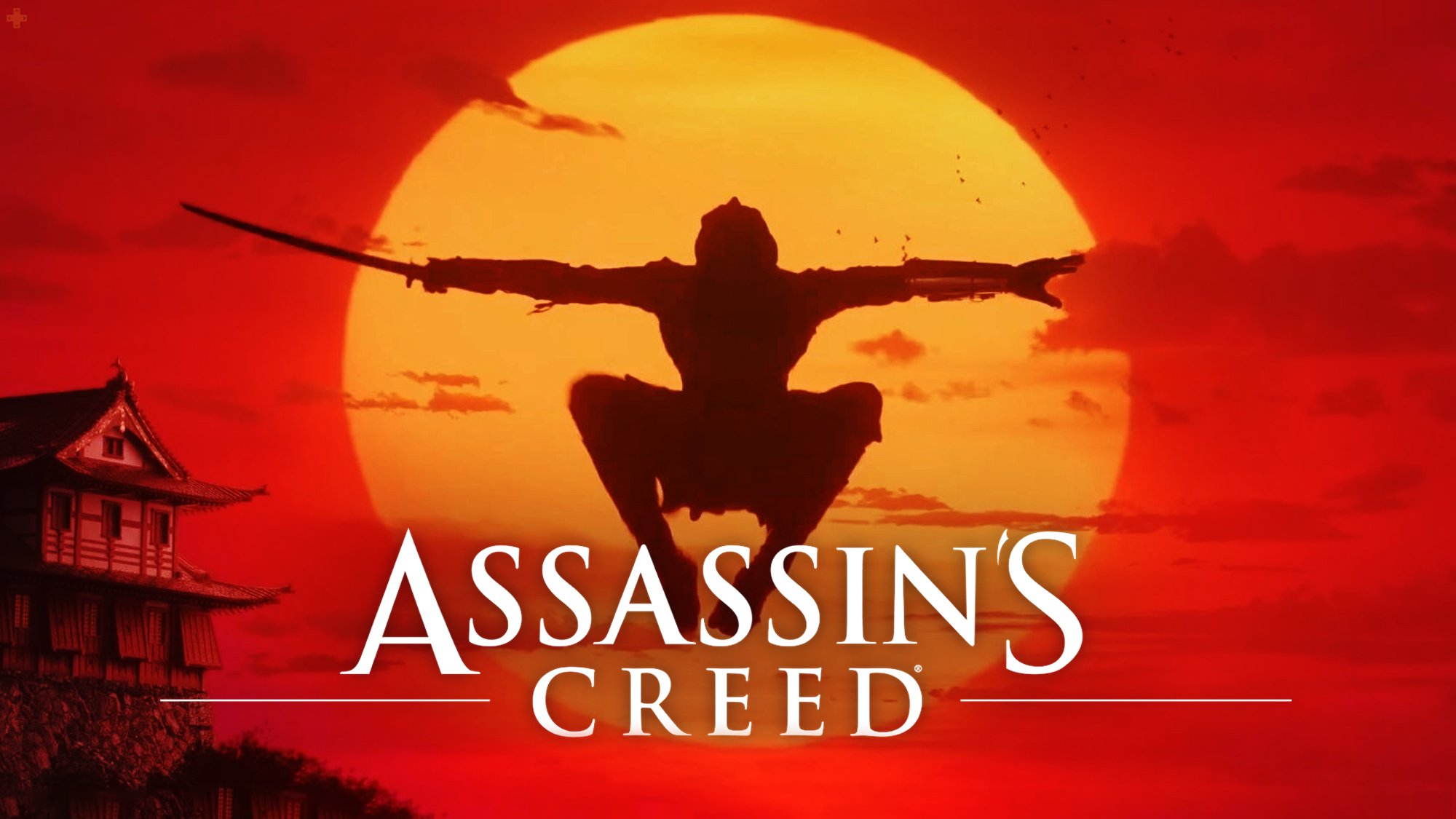Steve Jobs left Apple in 1985. He was “asked to leave,” as the euphemism goes. At the same time, a company saw a golden opportunity in this movement: Bill Gates presented the world with the first version of the Windows operating system. They were both 30 years old at the time.
But while Apple was an amalgam of unfinished ideas, the victim of mismanagement, innovative and young but also a failing company, Microsoft showed a very promising statusafter selling DOS to IBM in 1980 and securing a flow of capital that put them on the map as future leaders.
How do you handle something like this? How can we turn the wheel and take control of this lack of leadership? Easy: concentrate. Reduce the catalog and put the best efforts into what the brand with the bitten apple was best at. And if that meant throwing away dozens of projects that were going to be included in the catalog, no luck. In the 1990s, the technological world was advancing at a new pace and discovering new needs meant thinking differently. This is why Steve adopted a formula, the 30% rule.
What is Steve Jobs’ 30% rule?


Instead of giving a boring explanation, I’d like us to go back to this day, October 2, 1997, when Steve Jobs was interviewed for CNBC:
We looked at the future roadmap and found that 30% of them were incredibly good. And about 70% were pretty good or were things we didn’t really need to do. Businesses we didn’t really need to get into. Therefore, we significantly reduced this counterpart, to be able to concentrate even more of the same amount of original resources on what was left and add a few new things. So the resources we’re investing are equal to or greater than what we’ve invested, but they’re on fewer things, so I think we’ll do a better job in that area.
Or put more eggs in fewer baskets. Or centralize efforts. Because we already know, “he who covers a lot tightens little”. And Steve Jobs had almost infinite creativity, but the resources are not. So the 30% rule means prioritizing what is most important and having to give up and leave out the good things but not the good ones. The Apple Car is the living example of this ideology.
A similar philosophy is also applied in sociology: people don’t know what we want until someone teaches us. It’s a principle of marketing, but also of real life. More options only lead to more confusion about the range of choices available. For that We spend more and more time in the selection menus of applications like Netflix or Spotify.
And we can say the same thing at the business level: it’s not about turning a deaf ear, but businesses can’t listen to every note that every customer has to say, because not all that advice contributes positively to the progress of the company. Because The 30% rule does not apply to a single principle, but rather serves to find the essence of things.emphasize strengths and anticipate needs before they become obvious.


Although only a few have transcended, For every product launched, at least two others were left on the prototyping table. This is why Steve Jobs was so obsessed with Pablo Picasso and his way of understanding art. Because being concise is an art. The myth of simplification and “less is more” which, although it can weigh us down at the beginning – it is always painful to abandon ideas because it means giving up the time and resources invested – helps us to progress in a specific direction.
In Applesfera | “I solve your problem and you pay me”: the day Steve Jobs paid $100,000 for a logo that divided experts
In Applesfera | The habit that changed Steve Jobs’ life, bad habit for some, essential for others








